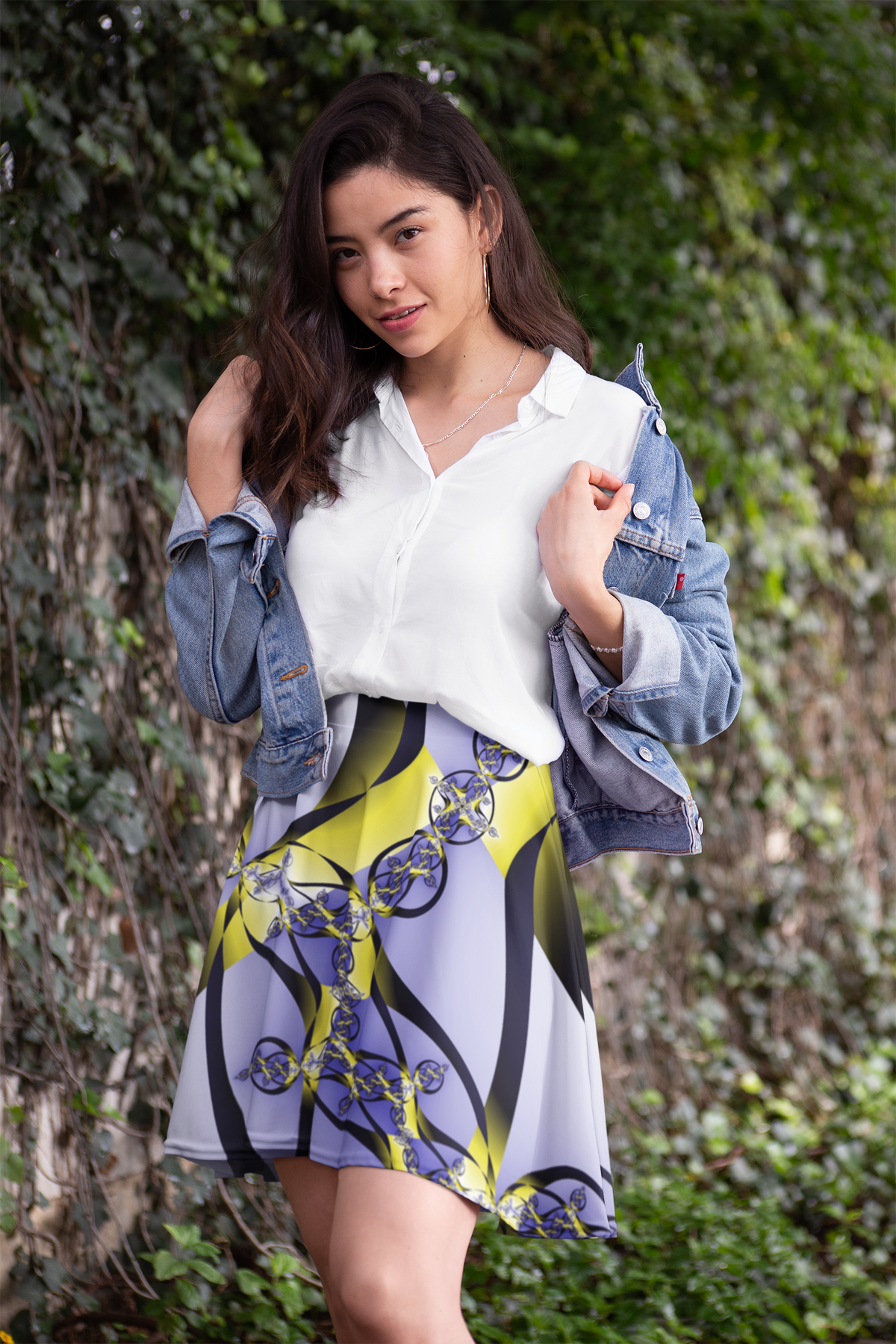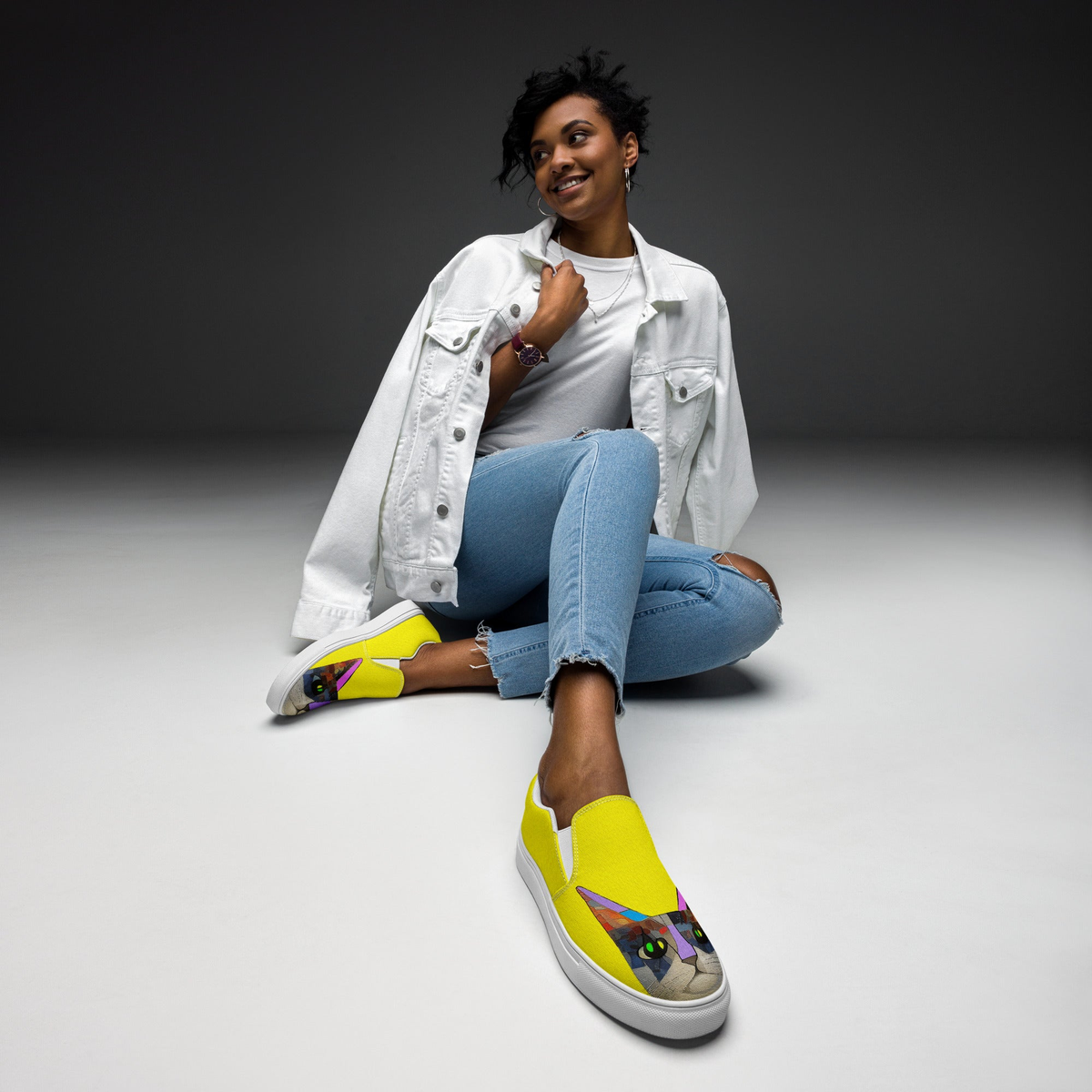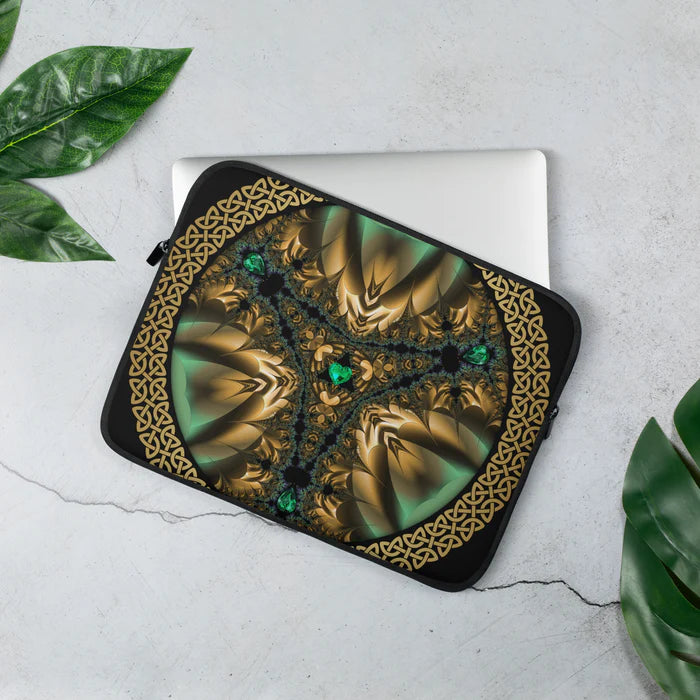Athleisure is a hybrid style of athletic clothing typically worn as everyday wear. The term combines 'athletic' and 'leisure', highlighting its dual purpose. Athleisure outfits can include tracksuits, sports jackets, hoodies, yoga pants, tights, sneakers, flats, leggings, and shorts that look like athletic wear and pair well with it. Often characterized as "fashionable, dressed-up sweats and exercise clothing," the growth of the athleisure trend took root during the mid-2010s, growing out of the popularity of yoga pants that emerged throughout the mid to late 2000s. The convenience of wearing clothes that matched and paired well with yoga pants gave mainstream North American women the freedom to showcase their casual fashion sensibilities for the sake of convenience across multiple occasions without needing to change frequently.
The Emergence of Athleisure in North America:
Since the mid-2010s, the pervasiveness of the athleisure phenomenon has experienced a significant surge in popularity across Canada and the United States, particularly within the everyday life and daily routines of mainstream North American women. Athleisure offers casual clothing options that allow individuals to incorporate athletic clothing into their everyday attire, irrespective of their actual engagement in physical activities. This trend has grown, not only among women but across all demographics, highlighting the universal appeal of combining style with comfort.
Athleisure: A Movement Fueled by Innovation:
Athleisure is also considered a contemporary fashion industry movement, driven by scientific advancements in textile materials and technical fabrics. These developments have made modern activewear more durable, breathable, lightweight, stretchy, versatile, comfortable, and fashionable. Since the mid-2010s, athleisure has been recognized as a distinct retail clothing category, reflecting its significant impact on the fashion industry.
Historical Background:
The roots of athleisure can be traced back several decades. In the 1930s, the American sportswear company Champion began producing hoodies for American working-class laborers working in freezing temperatures. In 1958, the American chemical maker DuPont invented spandex, a crucial material component foundational in many pieces of contemporary athleisure. The German sportswear company Adidas popularized athletic fashion by introducing sport-to-street tracksuits in 1963. By the 1970s, athletic fashion was ubiquitous throughout North American street culture, growing in popularity throughout the 1980s from old-school hip-hop music videos.
The Modern Athleisure Trend:
By some accounts, the growth of the modern athleisure trend became more pronounced during the mid-2010s, which grew out of the popularity of yoga pants that emerged throughout the mid to late 2000s. The convenience of wearing clothes that allowed North American women to casually wear yoga pants for multiple occasions without having to change frequently contributed to its popularity. Its appeal also stemmed from filling a gap in the sportswear market, where athletic apparel was once merely utilitarian rather than cosmetic and fashionably stylistic. Another account suggests that the cyclical nature of blue jean sales has allowed athleisure apparel to supplant denim as casual wear. Activewear that had been worn exclusively in gyms is now being casually worn elsewhere by young adults and fitness-conscious consumers, accompanied by a relaxation in dress codes. The styles, colors, and fabrics of athleisure emphasize fashion over functionality. Technological advances in textile innovation have improved functionality, making modern garments and footwear more breathable, lightweight, stretchy, versatile, comfortable, fashionable, durable, and waterproof. Contemporary garments enhance performance and allow wearers to carry out everyday activities easily.
Evolution in the 2020s:
By 2020, a so-called "next-gen athleisure" category had emerged, owing to increasing acceptance in the workplace and advancements in fabric and production technology. Yoga pants, for example, have become an acceptable form of office wear. The COVID-19 pandemic contributed to a continued increase in the popularity of athleisure wear. Many fashion brands that had previously focused on streetwear or suits pivoted to items like hoodies and jogging trousers, as people quarantined at home wanted comfortable clothing that still looked stylish for virtual meetings.
The Influence of Technology and Innovation:
The evolution of athleisure has been significantly influenced by technological advancements in textile production. Modern fabrics used in athleisure are designed to be multifunctional, providing both comfort and performance. Innovations such as moisture-wicking materials, antimicrobial treatments, and seamless construction have made athleisure more appealing and practical for everyday wear. Brands are continually investing in research and development to create fabrics that enhance the wearer's experience, whether they're working out or simply running errands.
Athleisure as a Lifestyle:
The athleisure trend reflects a broader shift in lifestyle and cultural norms. As people increasingly prioritize health and wellness, the demand for clothing that supports an active lifestyle has grown. Athleisure fits seamlessly into this trend, offering versatility and style without compromising on comfort. This shift is evident in the way athleisure has been integrated into various aspects of daily life, from casual outings to professional settings.
The Business of Athleisure:
The rise of athleisure has also had a significant impact on the fashion industry and retail market. Many traditional fashion brands have expanded their product lines to include athleisure items, while new brands have emerged solely focused on this category. The global athleisure market has seen substantial growth, driven by consumer demand for comfortable, stylish, and functional clothing. Retailers are also adapting to this trend, with dedicated athleisure sections and stores becoming more common.
Sustainability in Athleisure:
As the demand for athleisure continues to grow, so does the focus on sustainability. Consumers are becoming more conscious of the environmental impact of their clothing choices, leading brands to adopt more sustainable practices. This includes using recycled materials, reducing waste, and improving supply chain transparency. Sustainable athleisure is becoming a significant selling point, appealing to eco-conscious consumers who want to make a positive impact through their purchases.
Future Trends in Athleisure:
The future of athleisure looks promising, with several trends likely to shape its evolution. As technology continues to advance, we can expect even more innovative fabrics and designs that enhance comfort and performance. Additionally, the blending of athleisure with other fashion styles, such as luxury and streetwear, will likely continue, creating new and exciting hybrid trends. The emphasis on sustainability will also grow, with brands finding new ways to minimize their environmental footprint.
Conclusion:
Athleisure has transformed the fashion landscape, offering a perfect blend of comfort, style, and functionality. Its rise reflects broader cultural shifts towards health, wellness, and sustainability. As the trend continues to evolve, it will undoubtedly influence future fashion trends and consumer behaviors. Whether you're hitting the gym, running errands, or attending a virtual meeting, athleisure provides the versatility and style needed for modern life. Embrace this trend and discover how athleisure by ZKoriginal.com can enhance your everyday wardrobe.



